Lifebreath Max Series 100-ECM (HRV)
| Motors and Blowers | two centrifugal blowers driven by a common high efficiency ECM motor with multiple fan speed operations. |
|---|---|
| Core | HEX CORE is a counter flow heat exchanger that ensures maximum heat transfer, low pressure loss, constructed of thermally conductive and durable aluminum. With our recirculation defrost strategy the sensible heat recovery efficiency (SRE) at -25C (defrosting) can be within a few percent of the 0C SRE (no defrost) delivering significant energy savings. Each core is tested to ensure very low leakage. |
| Defrost | Recirculating |
| Serviceability | Latched door to allow easy access to core and filters for cleaning. 25″ clearance recommended. |
| Case | 20GA pre paint galvanized steel |
| Insulation | 3/4″ foil face Styrofoam |
| Filters | Washable on supply and exhaust |
| Controls | DXPL02 Included |
| Mounting | Typically hung with supplied strap and hook kit. |
What is an Air Exchanger?
An Air Exchanger otherwise known as an HRV (Heat Recovery Ventilator) or an ERV (Energy Recovery Ventilator), is a whole house mechanical ventilation system. It is typically connected to your existing furnace return duct and contains two high-efficiency motors. The supply motor draws fresh air in from the outside while the exhaust motor pushes stale indoor contaminated air outside. The two airstreams never mix when passing through the HRV or ERV cores.
What is the difference between an HRV and an ERV?
In an HRV, the two air steams are separated by a heat recovery core, which will transfer only heat energy. In the winter, the warm indoor air passes through the HRV core as it’s being exhausted and warms up the incoming fresh outside air. In the summer, the cycle is reversed and the cool indoor air cools down the hot outdoor air recovering the energy. HRV’s will control excess humidity in cooler seasons by introducing outdoor air into your home.
In an ERV, the two air streams are separated by an energy recovery core, which will transfer both heat and moisture energy. In the winter, the warm indoor air passes through the ERV core as it’s being exhausted and warms up the incoming fresh outside air. As well, it will redirect approximately 50% of the indoor moisture back into your home. In the summer, the cycle is reversed and the cool indoor air cools down the hot outdoor air recovering the energy. In addition the ERV will redirect approximately 50% of the outdoor moisture (humidity) back outdoors. Thus, ERV’s are a better choice in all but the most northern climates for providing year-round comfort.
Benefits of Air Exchangers:
- Air Exchangers bring a continuous supply of fresh outside air into your
- Air Exchangers exhaust environmental contaminants for improved indoor air quality.
- Air Exchangers save energy in the winter by recovering heat from exhaust air.
- Air Exchangers save energy in the summer by recovering cool indoor air from exhaust air.
- Air Exchangers help prevent mould and mildew.
- Air Exchangers help minimize odours and cooking residue.
- Air Exchangers can reduce harmful Radon Gas levels where active soil depressurization is unlikely to be successful.
Downloads:
100 ECM Specification Sheet (01-01-18)

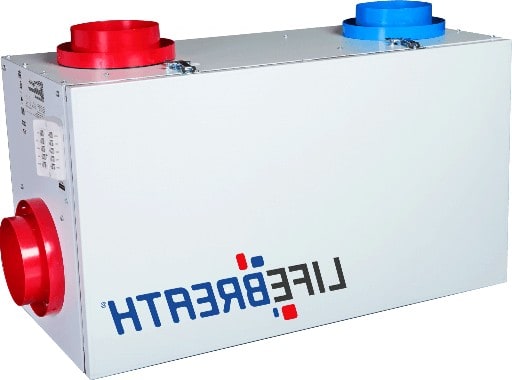
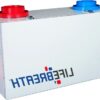
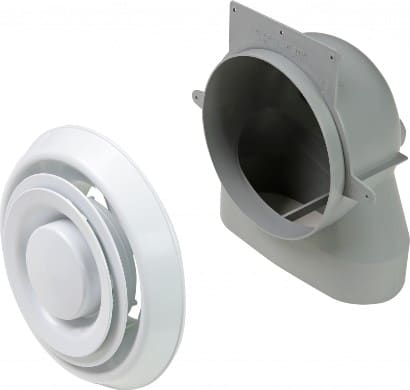
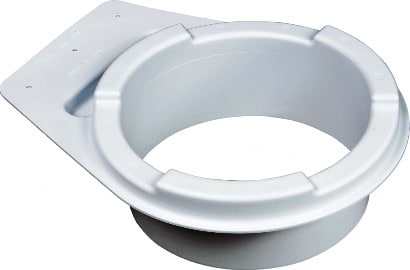
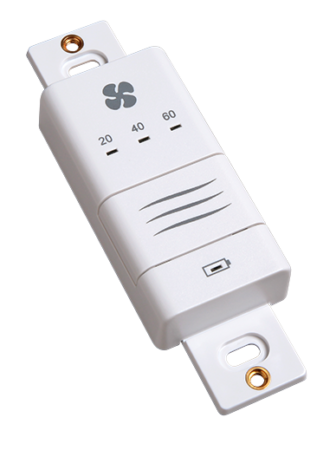
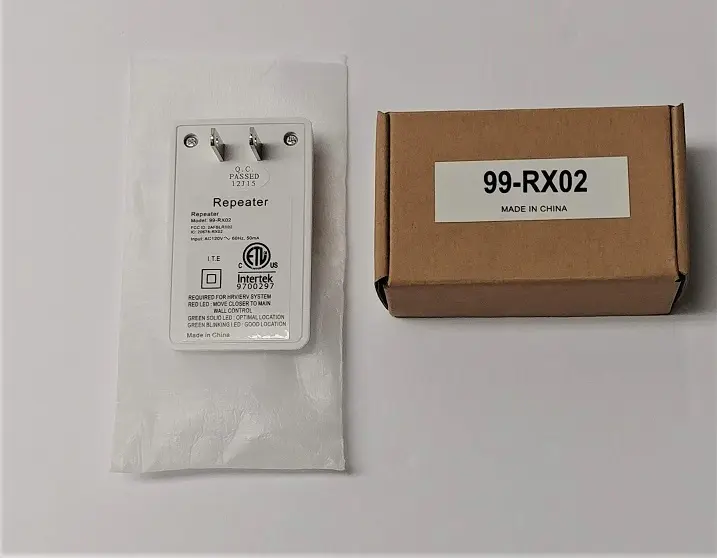
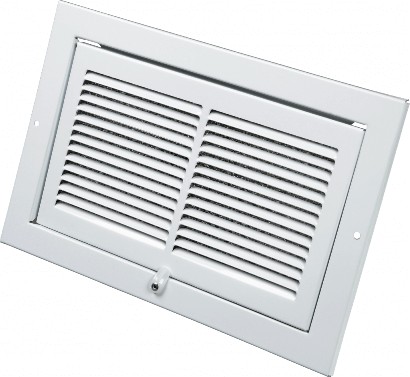
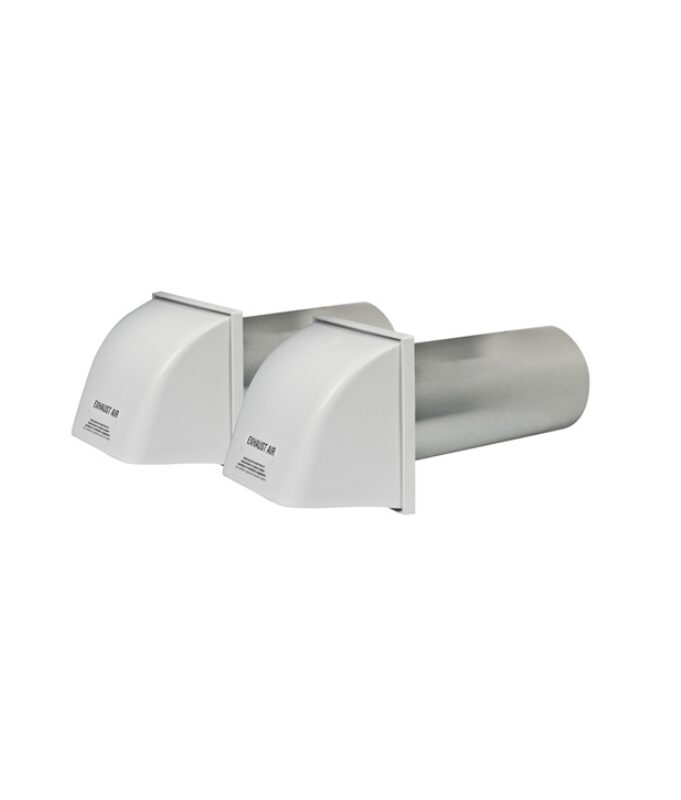

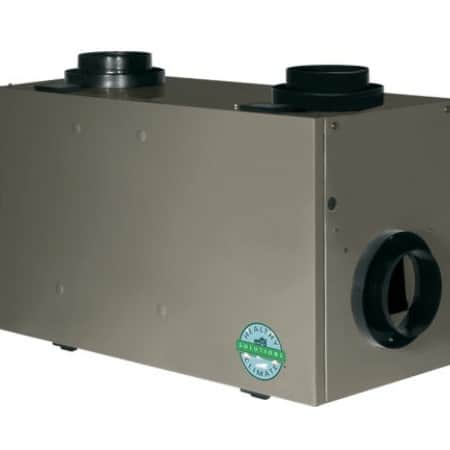
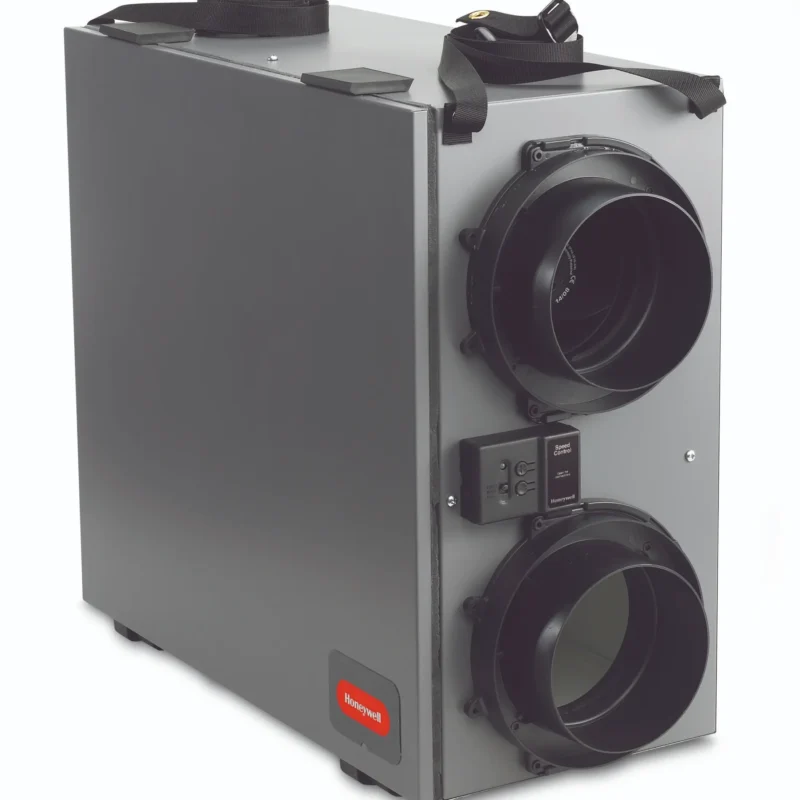
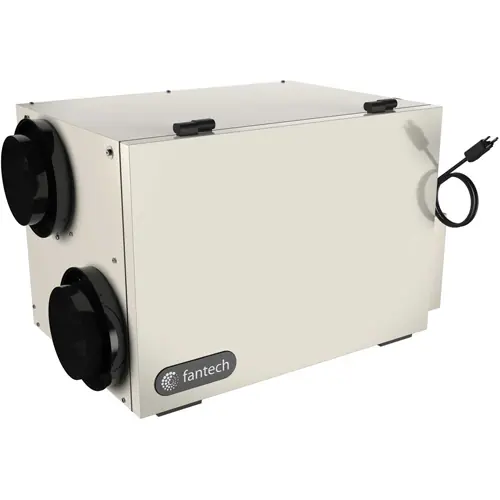
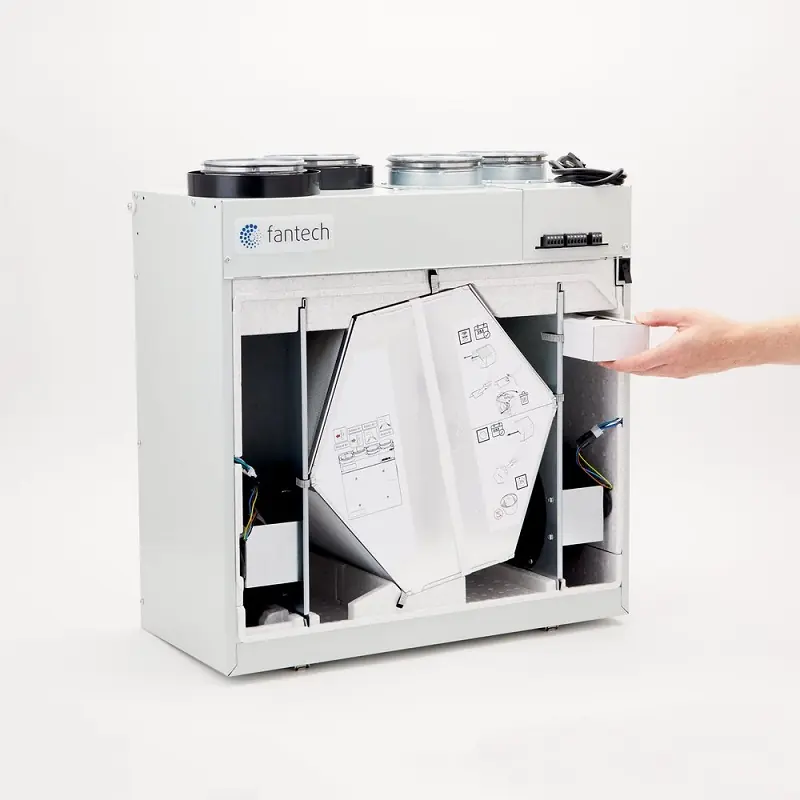
Reviews
There are no reviews yet.